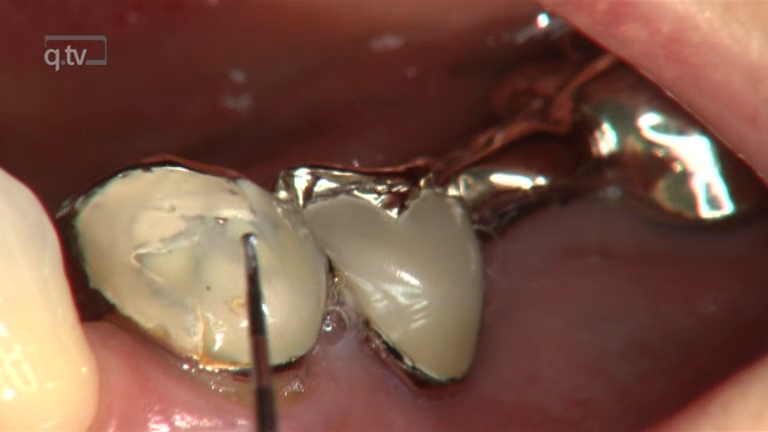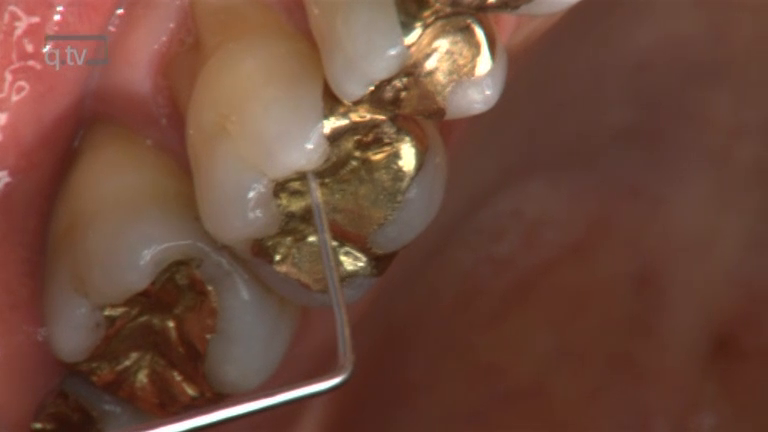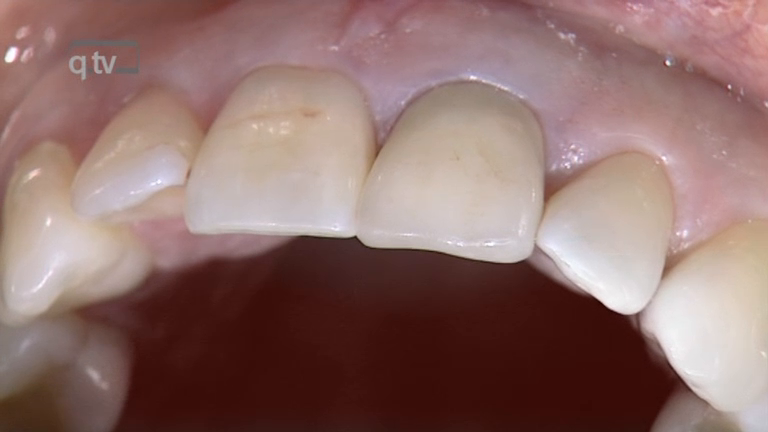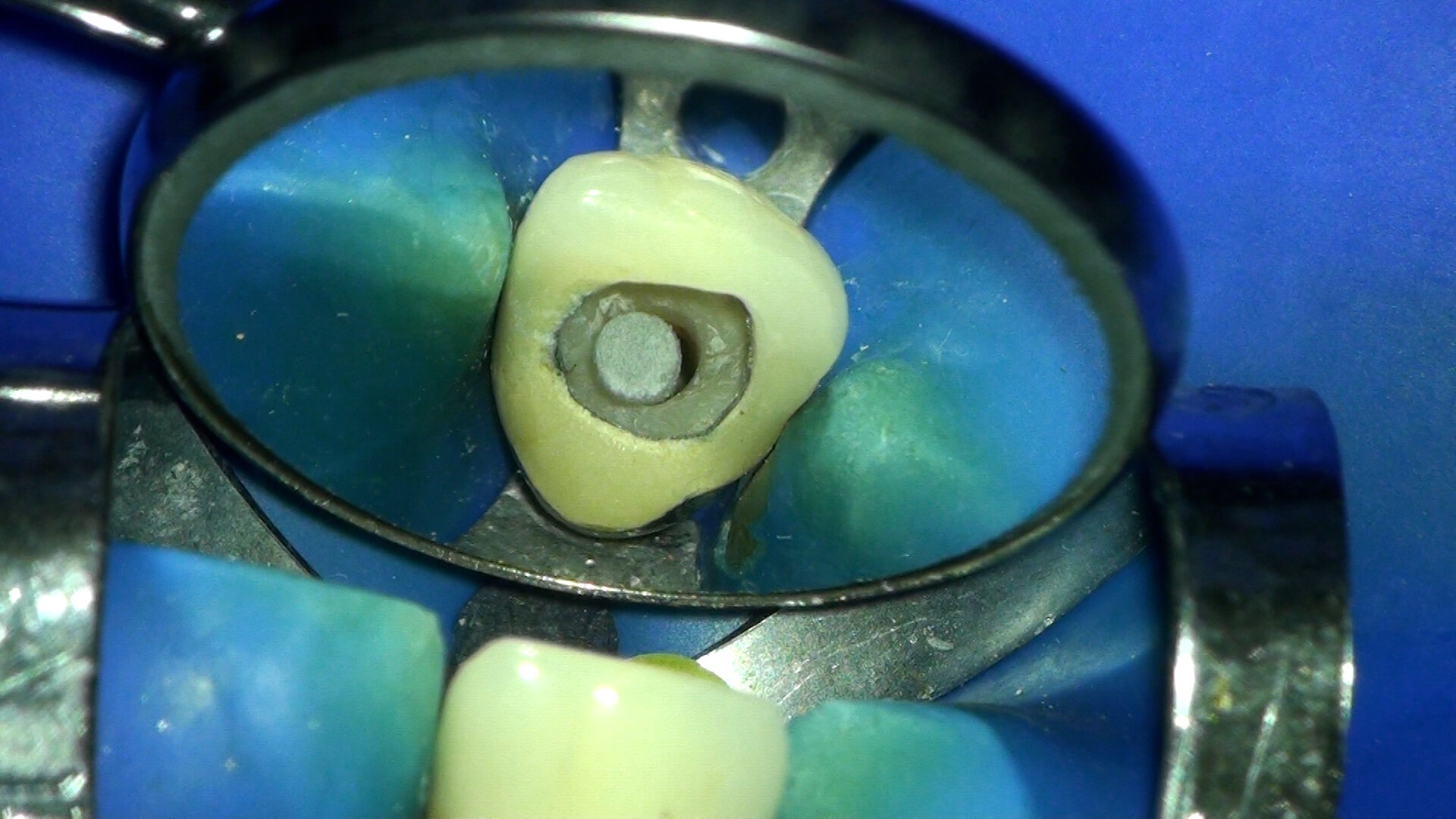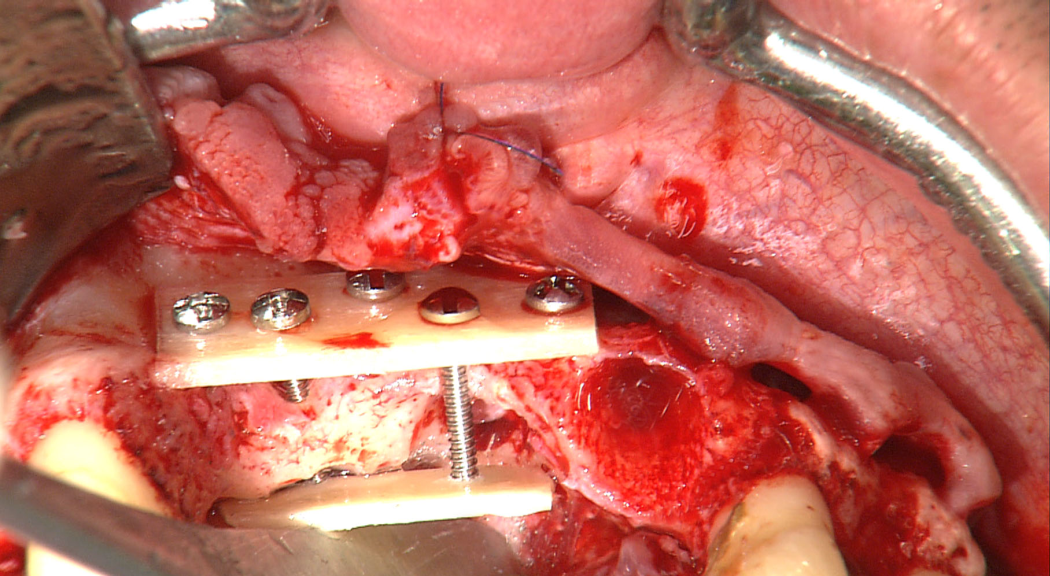Roland Frankenberger
Incisal Edge Restoration and Repair
Categoría: Conservación de los dientes, Odontología estética
Idioma(s): Inglés, Alemán
Año de publicación: 2006
Fuente de vídeo: APW DVD Journal
Serie: APW DVD Journal
Procedure
Incisal Edge Restoration and Repair
- Description of defect and problems related to its repair
- Airborne particle abrasion and adhesive pretreatment
- Biomimetic layering with enamel and dentine mass
- Refining, production of halo effect, polishing
Contents
The cervical fracture surface lies in the composite region of an underlying Black III cavity. In the past, this completely intact filling probably would have also been removed because of the fracture. Today, it is possible to treat the problem as a repair and leave the neighboring composite restoration in place while maintaining strict adherence to minimally invasive procedure. Even with the help of magnifying glasses, complete removal of the filling probably would have led to enlargement of the defect since the filling had been in place for 10 years. We therefore opted to pretreat the target area near the composite by means of intraoral airborne particle abrasion (Micro-Etcher system using 27 µm Al2O3 powder) before applying phosphoric acid to the enamel and dentine for conventional conditioning. This was followed by the bonding procedure, comprising the application of dentine adhesive to enamel, dentine and the aged composite material. This technique has already been described in the recent literature (Frankenberger et al., Am J Dentistry, 2003). The reconstruction was performed using an enamel and dental mass of esthetic composite material with the help of a silicone key positioned palatinally. This makes it possible to achieve a biomimetic and natural restoration, including a halo effect. Last photograph: Next recall.




